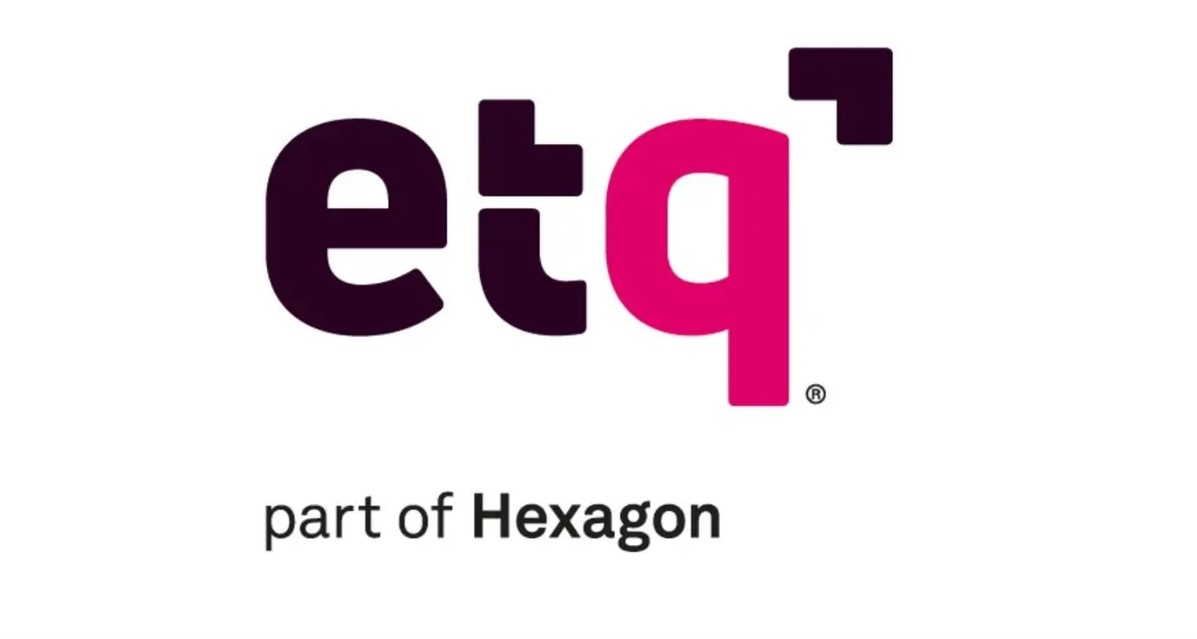
ETQ Reliance RCE Vulnerability Enables Full SYSTEM Access Just by Typing a Single Space
The One-Space Vulnerability: How a Typo Grants Full System Access in ETQ Reliance
Imagine a scenario where a single, seemingly innocuous character could unlock the digital doors to your most critical enterprise systems. This isn’t a plot from a cybersecurity thriller; it’s the stark reality facing users of ETQ Reliance quality management software. A recently disclosed vulnerability, now tracked as CVE-2025-34143, allows attackers to achieve full administrative access simply by adding a space character to a login attempt. This truly bizarre authentication bypass vulnerability highlights the often-unforeseen pathways to system compromise, demanding immediate attention from IT professionals and security analysts.
This post delves into the specifics of this unusual flaw, its potential impact, and the essential steps organizations must take to protect their ETQ Reliance environments. Understanding such unique attack vectors is paramount in an evolving threat landscape where even the simplest oversight can lead to catastrophic breaches.
Understanding CVE-2025-34143: The “SYSTEM ” Bypass
The vulnerability in ETQ Reliance quality management software is an authentication bypass of an unprecedented nature. Unlike typical brute-force attacks or sophisticated injection techniques, this flaw exploits an extremely subtle input handling error. An attacker can gain full administrative access by simply typing SYSTEM (note the trailing space) as the username during a login attempt. The password field can then be left blank or filled with any character, and the system erroneously grants administrator privileges.
This RCE (Remote Code Execution) vulnerability isn’t just about gaining illicit access; it allows an attacker to execute arbitrary code with the highest possible privileges, effectively taking complete control of the affected ETQ Reliance instance. This level of access grants the attacker the ability to:
- View, modify, or delete sensitive quality management data.
- Install malware or backdoors.
- Manipulate system configurations to facilitate further attacks.
- Exfiltrate critical business information.
- Potentially pivot to other systems within the network.
The simplicity of this attack vector makes it exceptionally dangerous. It requires no specialized tools, no in-depth technical knowledge beyond knowing the vulnerability exists, and no sophisticated payloads.
Impact and Severity
The implications of CVE-2025-34143 are severe. ETQ Reliance is a widely used quality management system, often central to an organization’s regulatory compliance, product quality, and operational efficiency. A compromise of this magnitude can lead to:
- Data Breach: Exposure of sensitive intellectual property, customer data, and internal operational details.
- Operational Disruption: Tampering with quality control processes, potentially leading to product recalls, manufacturing defects, or non-compliance.
- Reputational Damage: Significant loss of trust from customers, partners, and regulatory bodies.
- Financial Loss: Costs associated with incident response, legal fees, regulatory fines, and business downtime.
Given the ease of exploitation and the potential for full system compromise, this vulnerability warrants immediate and urgent attention from all affected organizations.
Remediation Actions
Addressing CVE-2025-34143 requires swift and decisive action. Organizations using ETQ Reliance software must prioritize these steps:
- Patch Immediately: The most crucial step is to apply the official patch released by ETQ (now Ideagen) that addresses this vulnerability. Regularly check the vendor’s official security advisories and support channels for updates related to CVE-2025-34143.
- Review Access Logs: Scrutinize ETQ Reliance authentication logs for any unusual login attempts, particularly those involving the “SYSTEM ” username or any other suspicious patterns. Look for logins without corresponding lockout attempts or from unexpected IP addresses.
- Implement Least Privilege: Reinforce the principle of least privilege across all systems, including ETQ Reliance accounts. Ensure that no user has more permissions than absolutely necessary for their role.
- Network Segmentation: Isolate the ETQ Reliance server from other critical network segments. This minimizes the lateral movement capabilities of an attacker should the system be compromised.
- Web Application Firewall (WAF): Deploy or tune a WAF in front of your ETQ Reliance instance to filter suspicious input, including attempts to use the “SYSTEM ” string in login fields. While not a substitute for patching, a WAF can provide an additional layer of defense.
- Security Awareness Training: Although this vulnerability is technical, remind users to report any unusual system behavior or login anomalies.
- Penetration Testing and Vulnerability Scanning: Regularly perform penetration tests and vulnerability scans on your ETQ Reliance deployments to identify and address security weaknesses before they can be exploited.
Relevant Tools for Detection and Mitigation
While patching is the primary mitigation, several tools can assist in detecting potential exploitation attempts and enhancing overall security posture:
| Tool Name | Purpose | Link |
|---|---|---|
| Intrusion Detection/Prevention Systems (IDS/IPS) | Detect and block malicious traffic patterns and known exploit signatures. | N/A (General Category) |
| Security Information and Event Management (SIEM) | Aggregate and analyze logs for suspicious activity, including anomalous login patterns. | N/A (General Category) |
| Web Application Firewalls (WAFs) | Filter and inspect HTTP traffic, protecting against web-based attacks. | N/A (General Category) |
| Vulnerability Scanners (e.g., Nessus, Qualys) | Identify known vulnerabilities, including potential for unpatched ETQ Reliance instances. | Nessus |
Final Thoughts
The CVE-2025-34143 vulnerability in ETQ Reliance stands as a stark reminder that security flaws can emerge from the most unexpected corners of software development. The sheer simplicity of its exploitation underscores the critical importance of rigorous security testing, comprehensive input validation, and a proactive patching strategy. Organizations leveraging ETQ Reliance must prioritize immediate remediation to safeguard their critical quality management data and operational integrity. Vigilance, rapid response, and adherence to security best practices are paramount in navigating the complex and ever-evolving threat landscape.





